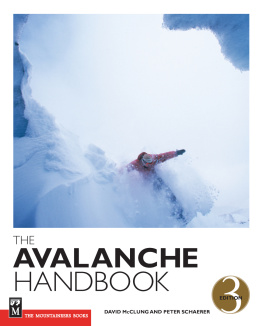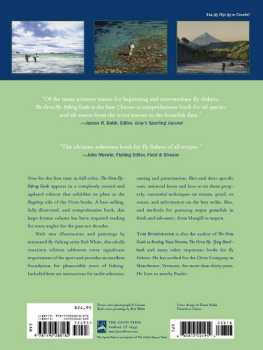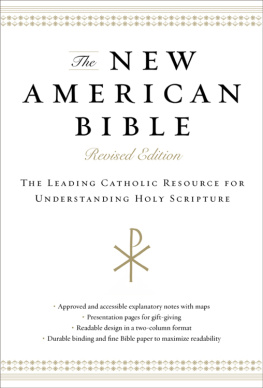Karl Jousten - Handbook of Vacuum Technology: Second, Completely Revised and Updated Edition
Here you can read online Karl Jousten - Handbook of Vacuum Technology: Second, Completely Revised and Updated Edition full text of the book (entire story) in english for free. Download pdf and epub, get meaning, cover and reviews about this ebook. year: 2016, genre: Children. Description of the work, (preface) as well as reviews are available. Best literature library LitArk.com created for fans of good reading and offers a wide selection of genres:
Romance novel
Science fiction
Adventure
Detective
Science
History
Home and family
Prose
Art
Politics
Computer
Non-fiction
Religion
Business
Children
Humor
Choose a favorite category and find really read worthwhile books. Enjoy immersion in the world of imagination, feel the emotions of the characters or learn something new for yourself, make an fascinating discovery.

- Book:Handbook of Vacuum Technology: Second, Completely Revised and Updated Edition
- Author:
- Genre:
- Year:2016
- Rating:3 / 5
- Favourites:Add to favourites
- Your mark:
- 60
- 1
- 2
- 3
- 4
- 5
Handbook of Vacuum Technology: Second, Completely Revised and Updated Edition: summary, description and annotation
We offer to read an annotation, description, summary or preface (depends on what the author of the book "Handbook of Vacuum Technology: Second, Completely Revised and Updated Edition" wrote himself). If you haven't found the necessary information about the book — write in the comments, we will try to find it.
Karl Jousten: author's other books
Who wrote Handbook of Vacuum Technology: Second, Completely Revised and Updated Edition? Find out the surname, the name of the author of the book and a list of all author's works by series.
Handbook of Vacuum Technology: Second, Completely Revised and Updated Edition — read online for free the complete book (whole text) full work
Below is the text of the book, divided by pages. System saving the place of the last page read, allows you to conveniently read the book "Handbook of Vacuum Technology: Second, Completely Revised and Updated Edition" online for free, without having to search again every time where you left off. Put a bookmark, and you can go to the page where you finished reading at any time.
Font size:
Interval:
Bookmark:
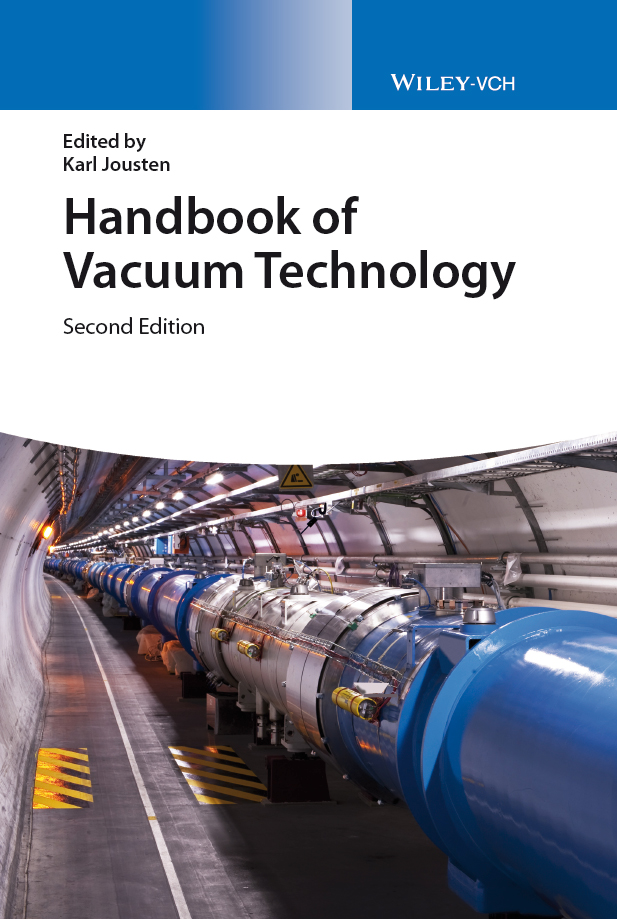
All books published by Wiley-VCH are carefully produced. Nevertheless, authors, editors, and publisher do not warrant the information contained in these books, including this book, to be free of errors. Readers are advised to keep in mind that statements, data, illustrations, procedural details or other items may inadvertently be inaccurate.
Library of Congress Card No.: applied for
British Library Cataloguing-in-Publication Data
A catalogue record for this book is available from the British Library.
Bibliographic information published by the Deutsche Nationalbibliothek
The Deutsche Nationalbibliothek lists this publication in the Deutsche Nationalbibliografie; detailed bibliographic data are available on the Internet at http://dnb.d-nb.de.
2016 Wiley-VCH Verlag GmbH & Co. KGaA, Boschstr. 12, 69469 Weinheim, Germany
All rights reserved (including those of translation into other languages). No part of this book may be reproduced in any form by photoprinting, microfilm, or any other means nor transmitted or translated into a machine language without written permission from the publishers. Registered names, trademarks, etc. used in this book, even when not specifically marked as such, are not to be considered unprotected by law.
Print ISBN: 978-3-527-41338-6
ePDF ISBN: 978-3-527-68825-8
ePub ISBN: 978-3-527-68824-1
Mobi ISBN: 978-3-527-68823-4
oBook ISBN: 978-3-527-68826-5
In 2008, Wiley-VCH published a translation of the ninth edition of the German handbook Wutz Handbook of Vacuum Technology, named after the author of the first edition Max Wutz. This book has been a great success for five decades and the object of many requests for a translation. Since its second edition, the Wutz Handbook of Vacuum Technology has become a multi-author book covering the field of vacuum science, vacuum technology, and vacuum techniques comprehensively. Since 2008, the German handbook underwent significant changes and when it could be foreseen that the English edition would run out of print, Wiley-VCH suggested to issue a second English edition Handbook of Vacuum Technology, which is a translation of the 11th German edition of the Wutz Handbook of Vacuum Technology, published by Springer Vieweg. were written by new authors while improvements were made in most of the other chapters according to the changes in techniques.
Although multi-author, the book aims to be read as a single-author work, a goal to which the present editor who himself has revised almost half of the content has stringently adhered to. The style is as uniform as possible, there are only recurrences where necessary, and the same symbols and notation are used throughout. Hence, the book has taken on textbook character, though it was originally intended to be used as a technical handbook.
The main idea of the book is to cover all aspects of vacuum science and technology in order to enable engineers, technicians, and scientists to develop and work successfully with the equipment and environment of vacuum. Beginners in the field of vacuum shall be able to start and experts shall be able to deepen their knowledge and find the necessary information and data to continue their work.
Despite the fact that the applications of vacuum technology are steadily increasing both quantitatively and qualitatively note, for instance, that the next chip generation will be illuminated under vacuum by extreme ultraviolet (EUV) lithography the number of scientists researching and teaching in the field is on a steady decline. Thus, another task for a book like this is to both preserve the knowledge of vacuum science and technology and enable self-studying in the field. For this reason, the book may be at times too introductive and simple for experts and sometimes too specialized for beginners. The reader should not be discouraged when experiencing this, but rather choose the information as his/her personal level requires. Short explanations following the title of each chapter describe the contents and may help the reader to choose the right chapter for his/her needs.
We hope that also this second edition will be helpful to all readers of English interested in a comprehensive and up-to-date overview in the field of vacuum technology including its underlying science.
Even after many people read drafts and proofs, there will always be mistakes in a book of this size. If you discover such or if you have any suggestions for improvements, please send an email to the editor (). I will be glad to consider your suggestions in future editions.
June 2015
Karl Jousten
Berlin, Germany
The History of Vacuum Science and Vacuum Technology
Dr. Karl Jousten
Physikalisch-Technische Bundesanstalt, Vacuum Metrology, Abbestr. 2-12, 10587, Berlin, Germany
In old Greece, before the time of Socrates, the philosophers searched for the constancy in the world, that is, what is behind the daily experience. The Greek philosopher Democritus (circa 460 to 375 BC) () assumed that the world was made up of many small and undividable particles that he called atoms (atomos, Greek: undividable). In between the atoms, Democritus presumed empty space (a kind of microvacuum) through which the atoms moved according to the general laws of mechanics. Variations in shape, orientation, and arrangement of the atoms would cause variations of macroscopic objects. Acknowledging this philosophy, Democritus, together with his teacher Leucippus, may be considered as the inventor of the concept of vacuum. For them, the empty space was the precondition for the variety of our world, since it allowed the atoms to move about and arrange themselves freely. Our modern view of physics corresponds very closely to this idea of Democritus. However, his philosophy did not dominate the way of thinking until the sixteenth century.
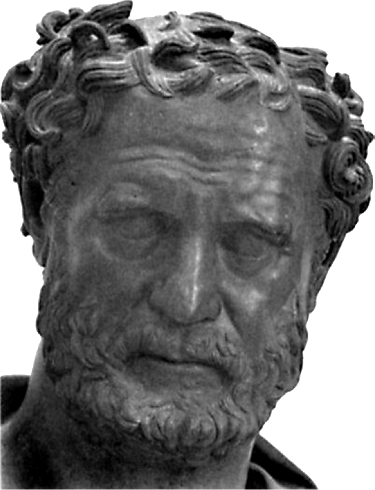
Democritus. Bronze statue around 250 BC, National Museum in Naples.
It was Aristotle's (384 to 322 BC) philosophy that prevailed throughout the Middle Ages and until the beginning of modern times. In his book Physica [1], around 330 BC, Aristotle denied the existence of an empty space. Where there is nothing, space could not be defined. For this reason, no vacuum (Latin: empty space, emptiness) could exist in nature. According to his philosophy, nature consisted of water, earth, air, and fire. The lightest of these four elements, fire, is directed upward, whereas the heaviest, earth, downward. Additionally, nature would forbid vacuum since neither up nor down could be defined within it. Around 1300, the medieval scholastics began to speak of a horror vacui, meaning nature's fear of vacuum. Nature would abhor vacuum and wherever such a vacuum may be on the verge to develop, nature would fill it immediately.
Around 1600, however, the possibility or impossibility of an evacuated volume without any matter was a much-debated issue within the scientificphilosophical community of Italy, and later in France and Germany as well. This happened at the time when the first scientists were burnt at the stake (Bruno in 1600).
In 1613, Galileo Galilei in Florence attempted to measure the weight and density of air. He determined the weight of a glass flask containing either compressed air, air at atmospheric pressure, or water. He found a value of 
Font size:
Interval:
Bookmark:
Similar books «Handbook of Vacuum Technology: Second, Completely Revised and Updated Edition»
Look at similar books to Handbook of Vacuum Technology: Second, Completely Revised and Updated Edition. We have selected literature similar in name and meaning in the hope of providing readers with more options to find new, interesting, not yet read works.
Discussion, reviews of the book Handbook of Vacuum Technology: Second, Completely Revised and Updated Edition and just readers' own opinions. Leave your comments, write what you think about the work, its meaning or the main characters. Specify what exactly you liked and what you didn't like, and why you think so.

